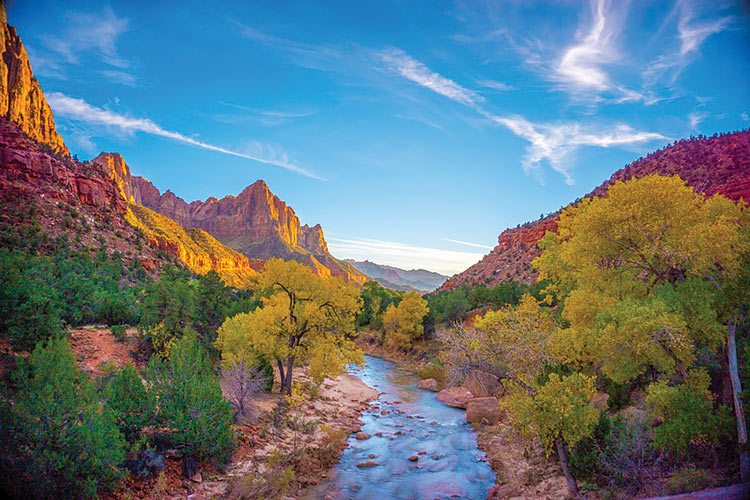1
Grand Teton National Park, Wyoming
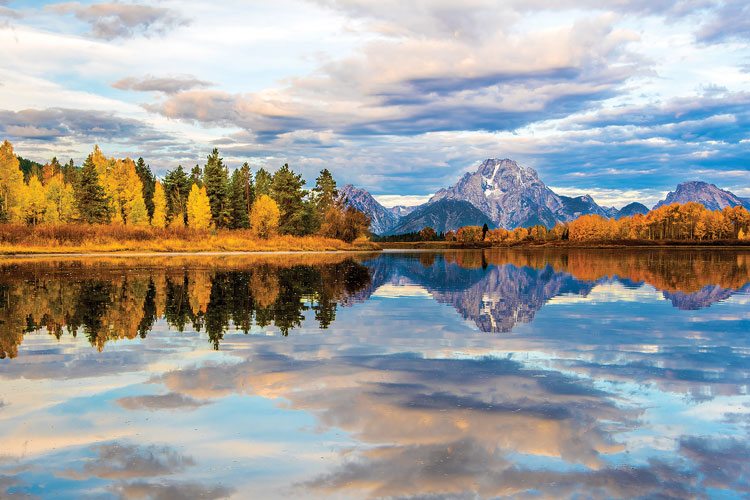
Paddle at Oxbow Bend words by Christina Adele Warburg & photo by Josh Packer (@packtography) Exceptionally scenic spot teeming with wildlife. Easy kayak rentals in Moose at Dornans. Duration: 1–4 hours, depending on how much you want to explore. Sunrise at Oxbow Bend is one of the most popular events in the park, and for good reason. Mt. Moran is particularly stunning in the morning light. For wildlife viewing, Oxbow Bend is one of the best places in the park, but its even better if you can explore it by water. The easiest access to the water level is around the back of the bend at a place known as Cattleman’s Bridge. Coming from the south, the road will be the first left after you pass the Oxbow Bend turnout. There are all sorts of little channels to explore, and lots to see. Moose, river otters, grizzly bears, beaver, and all types of waterfowl thrive here. The fishing is also pretty great. I think a person could spend the whole day on the water there and not get bored. Read more on TheOutbound.com
2
Shenandoah National Park, Virginia
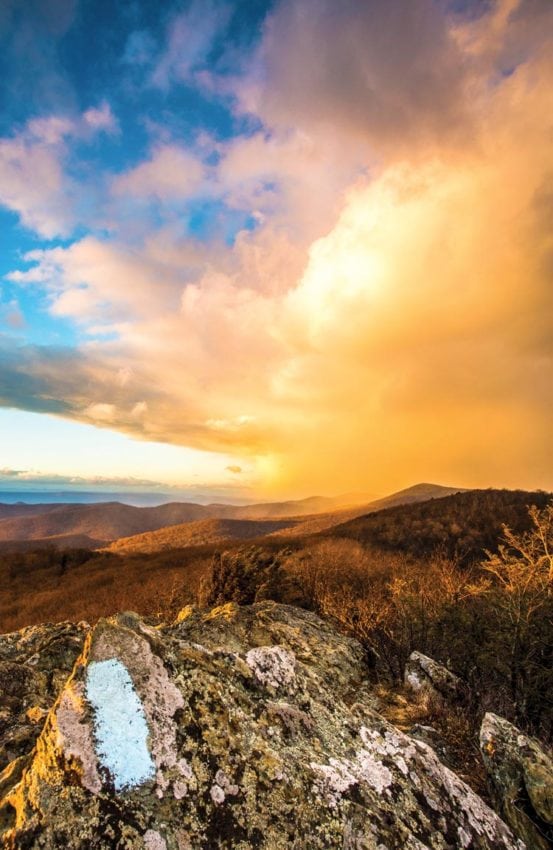
Hike to Bearfence Mountain words & photo by Christin Healey (@christinhealey) This short loop will provide you with 360-degree views of the Blue Ridge Mountains. There is also the option to combine it with a further hike on the AT. This is one of my favorite hikes in Shenandoah National Park for its views, easy access to the trail, and the option to combine it with a much further hike on the AT. There is also a really fun little rock scramble at the top that scares a lot of people away, but makes for a more secluded summit, especially during the week. There are 360 views of the Blue Ridge Mountains from the top, and it’s my favorite place of all time to watch summer storms roll by (with caution, of course!). In the spring and fall it’s especially gorgeous, but a good trail at any time. Read more on TheOutbound.com
3
Acadia National Park, Maine
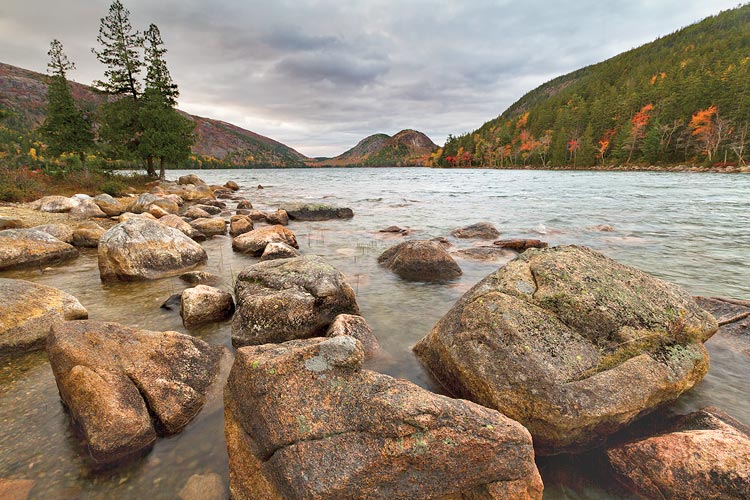
Explore Otter Point words by Tate Yoder & photo by Shannon Kalahan (@seeingspotsphoto) Amazing views. Easy parking. Easy mellow trail to nearby iconic places such as Otter Cliffs, Thunder Hole, and Monument Cove. If you only have an hour or so left to your day in Acadia, Otter Point offers some amazing views of the coastline, without being on a crowded beach. An easy mellow trail just inland from the shore allows you easy access to iconic places such as Otter Cliffs, Thunder Hole, and Monument Cove. Hike to these spots, or explore along the rocks and view tidal pools, smashing waves, and 180 degrees of the Atlantic Ocean, a classic scene of Acadia National Park. Read more on TheOutbound.com
4
Rocky Mountain National Park, Colorado
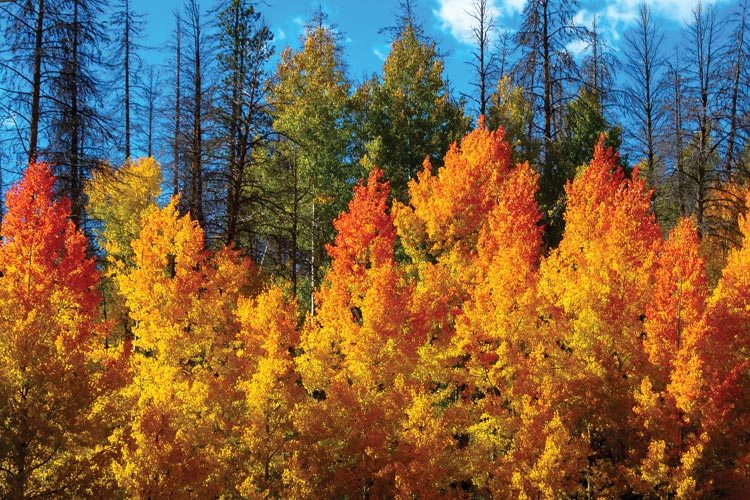
Catch the Fall Colors on the West Side of Rocky Mountain National Park words & photo by Kyle Colby (@kcolby87) A Fall adventure in Rocky Mountain National Park is among the most spectacular experiences Colorado has to offer. The change of the seasons offers an amazing change to the landscape that makes taking a bad picture darn near impossible. The light is perfect, the elk are in rut, and the mountains offer a backdrop that’s beyond description. Most people visit Rocky Mountain National Park via Estes Park and the East Portal and only venture onto the west side driving Trail Ridge Road (a unique adventure all its own). However, in the fall as the aspen turn, Trail Ridge is closed and the only way into the park is the West Portal north of Grand Lake, Colorado. The colors are well worth the drive. Be sure to look in the meadows and on the edges of open areas around dawn and dusk as the elk are in rut and will be lurking around for your camera to capture. While exploring, take Trail Ridge Road through Grand Lake and head north into the park. From there, you can wander Trail Ridge up to where it starts to climb up above 8,000 feet in elevation. Along the road there are numerous picnic areas, parking lots, and trail heads to stop and explore. Pack your camera, a lunch, and plenty of memory cards. Be sure to start early so as to catch the early light and have the longest time to explore. Keep in mind that fall is a rather volatile time in the Rocky Mountains, be sure to plan for all weather conditions as you may see all four seasons make an appearance within an hour’s time span. Make sure you don’t ever approach rutting elk as they may become hostile and dangerous; use your telephoto lens and enjoy from a safe distance. Also, always check in at the local ranger station and ask what’s going on in the area as the staff may be able to direct you to wildlife, scenic, and trail locations based on your abilities and interests. Remember to dress in layers and most importantly, HAVE FUN! Read more on TheOutbound.com
5
Glacier National Park, Montana
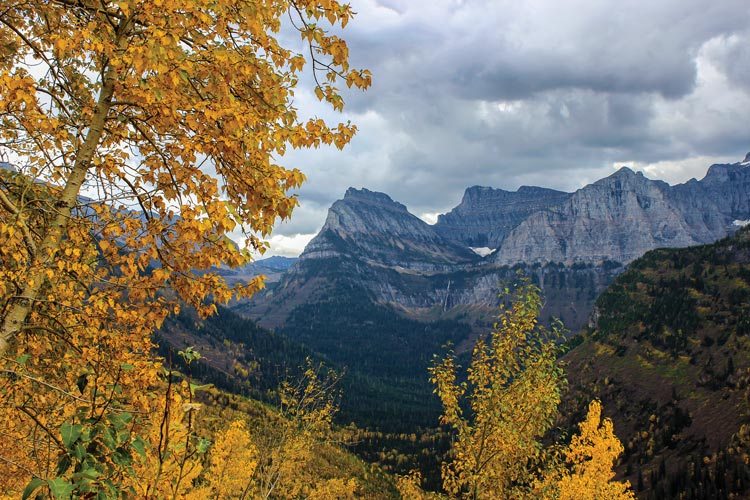
Hike the Highline Trail
words by Kayla Bobzien & photo by Christina Adele Warburg (@christinaadelewarburg)
The trail takes you along a ridge for a good majority of the hike starting at about 6,500 feet, peaking around 7,200 feet, and ending at 4,000 feet. Many switchbacks that lead into meadows filled with wildflowers and magnificent views. Around eight miles into the trail I suggest walking the short detour to the Granite Peak Chalet which is a great place to eat your lunch. Keep an eye out for mountain goats and bighorn sheep, they are all over! This hike is mostly exposed so I can’t stress the need for bringing enough water and sun protection.
6
Lassen National Park, California
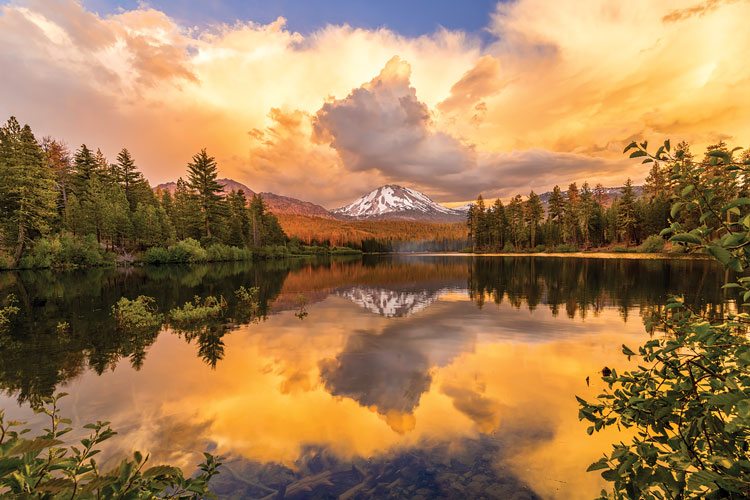
Photograph Lassen Peak words & photo by Beth Young (@optimal_focus) Photograph one of California’s most geologically diverse national parks and capture your stunning shot of Lassen Peak. Located in Northern California, Lassen Volcanic National Park is an astoundingly beautiful, diverse, yet under-appreciated park in the national park system. Manzanita Lake, located at the northwest park entrance, holds the largest campground in the park, and affords a gorgeous, photograph-worthy view of Lassen Peak reflected in the lake’s serene waters. Lassen Peak rises 2,000 feet above the surrounding terrain and is one of the largest lava domes on earth, as well as the largest of the 30 volcanoes in the park. Read more on TheOutbound.com
7
Great Smoky Mountains National Park, Tennessee & North Carolina

Bike Cade’s Cove Loop words & photo by Mason Boring (@masonboring) Abundant wildlife. Nearby car camping. Bike this 11-mile historic loop (under full moon). Great base camp for hiking and backpacking. Cade’s Cove is a valley located smack in the middle of the Great Smoky Mountains National Park. Feel free to drive the 11-mile loop in the day, but if you’re really cool, you’ll schedule your trip around a full moon so you can bike under the light of night! Allow yourself a few hours to explore around off the loop! Read more on TheOutbound.com
8
Zion National Park, Utah
